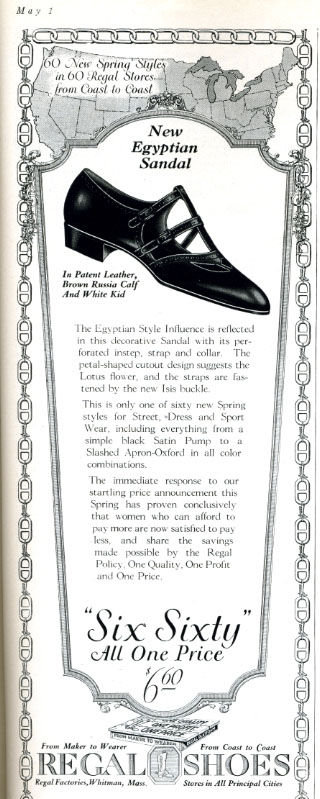In November of 1922, after eight long years, British archaeologist Howard Carter finally succeeded in finding the 3,000 year old tomb of King Tutankhamen. It took more than a year of careful excavation through multiple doorways, chambers, and staircases before they were able to approach the sarcophagus that held King Tut’s remains.
In the years before and after the initial discovery of the tomb, every step of the project was followed closely by the press; there was great interest among the scientific world and among the general public. There was an air of anticipation, a “wait and see” attitude and much speculation about the enormity of the find and what treasures, if any, would be discovered.
The discovery of King Tut’s Tomb was one of the greatest archaeological finds ever uncovered, and as the unbelievably precious and beautiful artifacts were brought out, a craze for anything Egyptian captured the public imagination.
There have been previous “Egyptian Revivals” over the centuries, starting in ancient Rome and continuing as European travelers brought back objects and memories of their journeys along the Nile.
Napoleon’s campaigns into Egypt in 1798-1799 produced the most widespread creation of Egyptian Revival styles since ancient times. Napoleon brought with him an army of scholars and artists who documented everything they saw there. One of them, Baron Dominique Vivant Denon, wrote the illustrated Voyage dans la Basse et la Haute Egypte in 1802, and between the years 1809 and 1828 produced the 22 volume Description de l’Egypte. This treatise and the numerous detailed drawings it contained had a tremendous influence on scholars and artists and fired up the imagination of the public, providing inspiration for the nineteenth century Egyptian Revival movement. The discovery of the Tomb of Tutankhamen sparked a whole new (20th century) wave of Egyptian Revival design in many areas of popular culture—print advertising, product packaging, jewelry and clothing, and architecture.—Elizabeth Broman
Additional images may be viewed on the Libraries’ flickr site.



One Comment
In addition to the 1920’s, 1950’s and 1970’s it seems there is another revival of neo-Egyptian fashion in 2010. Three designers in Milan last month showed Egyptian and scarab jewelry and accessories for Fall. I wonder what’s fueling the trend this time?